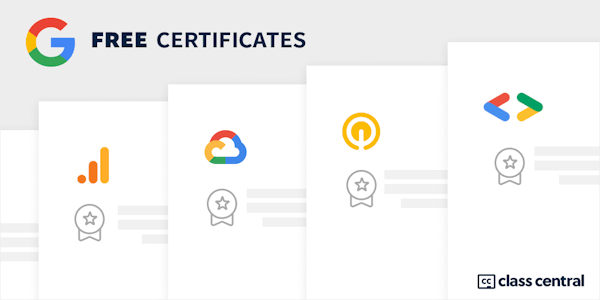In this course, you’ll learn how to keep track of the different versions of your code and configuration files using a popular version control system (VCS) called Git. We'll also go through how to set up an account with a service called GitHub so that you can create your very own remote repositories to store your code and configuration.
Throughout this course, you'll learn about Git's core functionality so you can understand how and why it’s used in organizations. We’ll look into both basic and more advanced features, like branches and merging. We'll demonstrate how having a working knowledge of a VCS like Git can be a lifesaver in emergency situations or when debugging. And then we'll explore how to use a VCS to work with others through remote repositories, like the ones provided by GitHub. By the end of this course, you'll be able to store your code's history in Git and collaborate with others in GitHub, where you’ll also start creating your own portfolio! In order to follow along and complete the assessments, you’ll need a computer where you can install Git or ask your administrator to install it for you.
Overview
Syllabus
- Introduction to Version Control
- In this module, you'll be introduced to the concept of version control, which will make managing and rolling back your code look super easy. You’ll learn how to differentiate between files and the tools at your disposal to make this happen. Next, you'll be introduced to Git and how you can leverage that platform to improve your coding abilities. Once you’ve got a grasp on what Git is, you’ll install it and start using it to create and clone code repositories. Last up, you’ll deep dive into Git in order to get more familiar with the different tools and commands it has to offer.
- Using Git Locally
- In this module, you’ll dive into advanced Git interactions by skipping the staging area for small code changes, and understand how Git uses the HEAD alias to represent checked-out snapshots. Next, you’ll explore how to move and remove files before finally getting a study guide to help you in your Git explorations! The next step of your learning will include how to undo changes before committing and how to amend commits once they’re submitted. Finally, you’ll be able to identify errors in commits that were submitted a while back. In the final section of this module, you’ll explore the concept of branching and merging. You’ll learn what a branch is, how to create one, and how they work in harmony with you and your code. Once you’re comfortable with branching, you’ll dive into merging, how it works with branched data, and how to deal with merge conflicts.
- Working with Remotes
- In this module, you’ll be introduced to GitHub and learn how it works with Git. You’ll create new repositories and clone those repositories onto your computer. Next, we’ll explain what a remote repository is, how we can work with them, and how we can host them. You’ll get familiar with commands like modify, stage, and commit, which will be used for local changes, as well as the fetch command, which can pull any changes from remote repositories. We'll cover secure shell protocol and when to use API keys. Our final lesson will focus on learning about conflicts. This will allow you to explore the concepts of pull-merge-push workflows, pushing remote branches and rebasing your changes.
- Collaboration
- In this module, you’ll continue to explore the collaboration tools available in Git. You’ll learn about the tools that are available to help improve the quality of your code and to better track your code. This includes an overview of pull requests and how the typical workflow of a pull request looks like on GitHub. Next, you’ll dive into how you can squash changes in your code. We’ll finish up by providing you with a study guide on fork and pull requests. Next up, we’ll cover what code reviews are and what the code review workflow looks like. Then, you’ll learn about how to use code reviews on GitHub. The final lesson of this module will focus on managing projects. We’ll take a rundown of best practices on managing projects and how to manage collaboration within those projects. We’ll explore different ways of tracking issues and finish up by discussing the concept of continuous integration with your projects.




